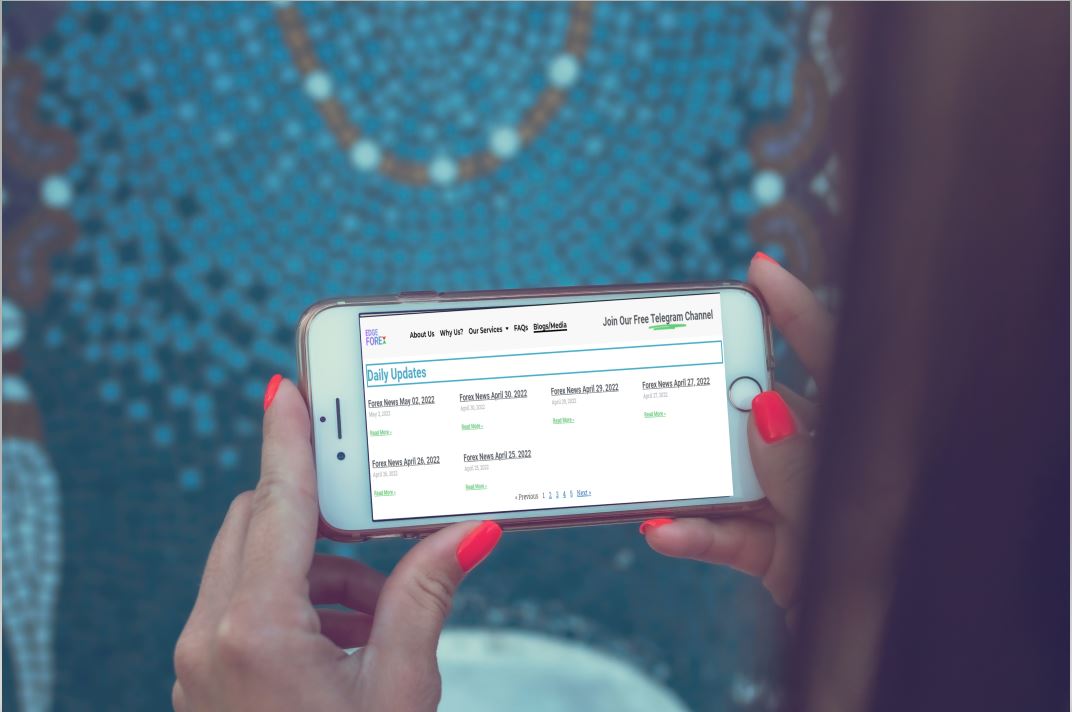Aussie Dollar:
The Australian Dollar found support after the RBA raised the cash rate target to 0.35%, an increase of 0.25% from 0.10%. The market had anticipated a move of 0.15%, although several analysts scoped out 0.25% or possibly 0.40% in the aftermath of accelerating inflation. A move of 0.25% is seen as neutral, against the backdrop of the current federal election campaign. Moving rates by 0.25% has been the standard measure since the inflation targeting regime was mandated in 1993.
Crude Oil:
Oil prices are pacing higher on Tuesday through Asia-Pacific trading as energy prices extend gains from April amid supply concerns stemming from Russian products. The European Union (EU) is reportedly drafting an embargo on Russian oil exports. Hungary and Slovakia, two members highly dependent on that oil, would likely be given an exemption under the embargo. That would help ease some supply pressures in Europe overall, but the net impact would likely push oil prices higher.
Gold:
Rates continue to rally in the US and the US Dollar just hit a fresh 19-year-high. These are both generally bearish factors for Gold although it’s not impossible for Gold to rally with both rates rising and the US Dollar trending higher. But, given the backdrop where inflation is raging and the Fed is widely-expected to quicken their approach at tackling inflation, and there could be more trouble ahead on the fundamental side of Gold.
USD:
In advance of the next Federal Open Market Committee (FOMC) meeting on May 3-4, 2022, the markets are anticipating that it will decide to increase the federal funds rate by 50 basis points (bp), raising the target range from the current 25-50 bp to 75-100 bp. This mirrors comments made by Federal Reserve Board (FRB) Chair Jerome Powell during a seminar sponsored by the International Monetary Fund (IMF) on April 21, 2022. He said that an interest rate hike of “50 basis points will be on the table for the May meeting.
Yen:
The anti-risk Japanese Yen put in a dismal performance during the first quarter of 2022, particularly as March wrapped up. A majors-based Japanese Yen Index that averages JPY against USD, AUD, GBP and EUR fell as the S&P 500 and 10-year Treasury yield climbed. Stocks and bond yields rising in tandem can make it difficult for the Japanese currency to shine. Russia’s attack on Ukraine and a more hawkish Federal Reserve have been unable to break market sentiment in a lasting way, at least for now. Is more pain in store for JPY ahead?

